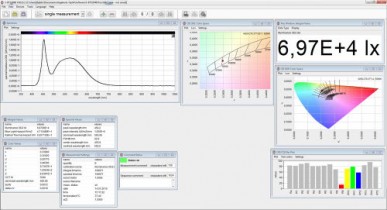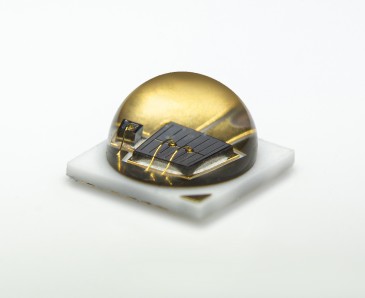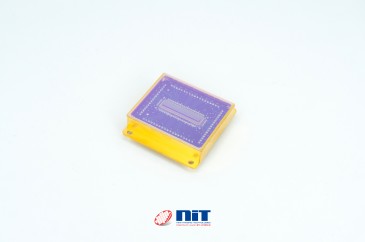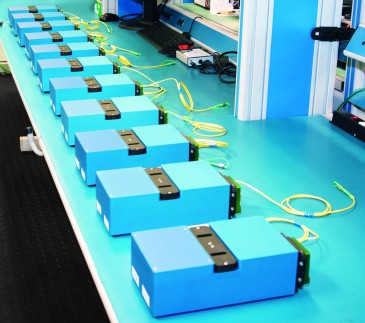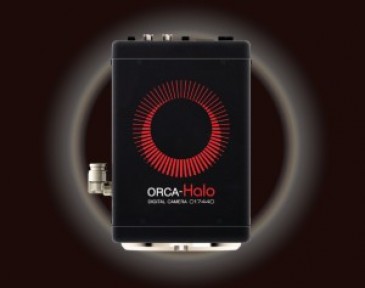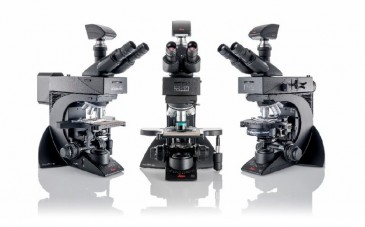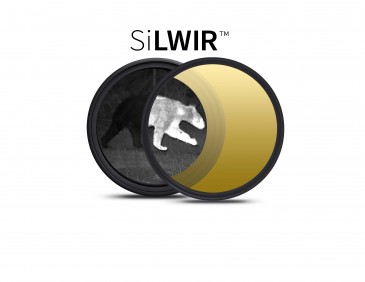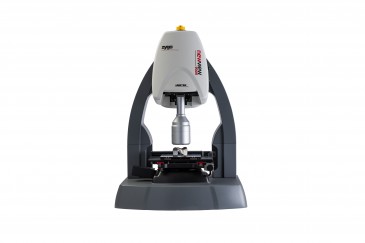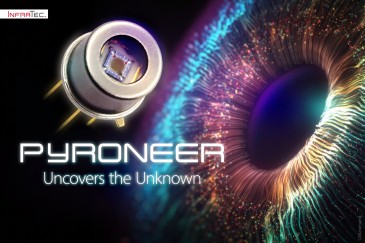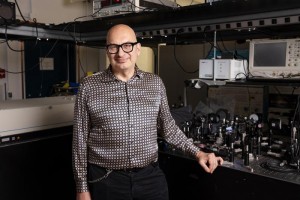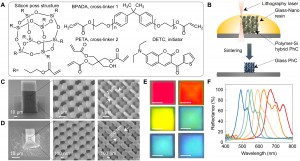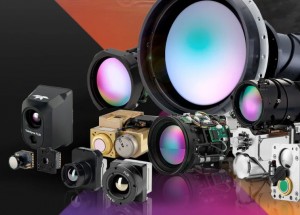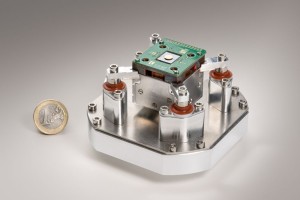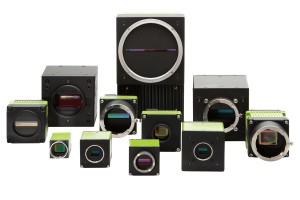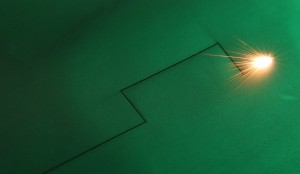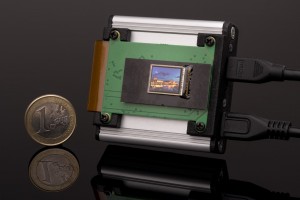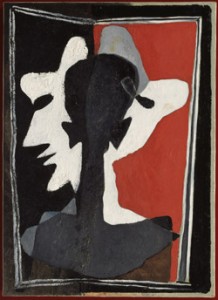
At the Centre for Sustainable Heritage, part of University College London (UK), a team of researchers is developing a new, non-destructive method to diagnose a painting canvas from the back, and without disturbing a single fibre, to see if it can withstand the stress of handling and travel.
Using the method, which is similar to the way doctors measure blood sugar without the need for needles, scientists examined 12 paintings by the surrealist painter Salvador Dalí. The team assessed the 'health' of the canvases, which are known to degrade with time due to acidity and environmental conditions. Once a canvas is brittle, expensive conservation is required. While all 12 were shown to be in a good condition and can continue to be enjoyed safely, there was evidence of the early canvases approaching the threshold for safe travel. Interestingly, it was also shown that these same canvases were made of inexpensive low-quality cotton, used by the young Dalí who later became known also for his extravagant lifestyle.
The instrument used is Analytik’s ASD LabSpec portable near infrared spectroscopy system. Using fibre optics to shine invisible near infrared light on the canvas, the scientists obtained information about the 'health' of the painting from the reflection of the light. Since canvas is the carrier of paint, any tears or other mechanical degradation could lead to loss of the image if the canvas is too brittle. "While distressed paint layers can be evaluated visually from the front, there has been no method available so far to evaluate the fragility of canvas without actually cutting off a piece of it, which is certainly unacceptable" explained Irene Civil, Head of the Conservation Department of the Gala-Salvador Dalí Foundation from Figueres, Spain. The Foundation greets in excess of 1.5 million visitors annually, and relies on visitor income to take proper care of the invaluable artworks, some of which may also travel to exhibitions.
Dr Matija Strlic, Senior Lecturer from the Centre for Sustainable Heritage, has been supervising the method's development. He said: "In galleries and museums, one would usually wish to see a painting from the front. Well, not in the case of this research, where we have shown that looking at the back of a painting is not as surreal as it seems. As in medical diagnostics, only close interdisciplinary collaboration between curators, conservators and researchers can lead to truly useful development. The non-invasive canvas health check can now improve the standard of management and care in any gallery or museum."
Dr Strlic has been working with NIR for several years, first publishing a protocol for testing historic paper in Analytical Chemistry in 2007. There are multiple challenges in this field of research. In heritage collections, sampling is often not permitted, hence, development of techniques that allow for non-destructive analysis (i.e., analysis, where a sample is not consumed during analysis) is crucial. NIR spectroscopy, in combination with portability, represents an ideal tool. However, the spectra are not straightforward to analyse analytically so multivariate data analysis methods are necessary. These are computationally intensive, and require large reference sample sets. He describes the reasons for using NIR in his work. "Regardless of the fact that FTIR and Raman spectrometers are often used for the purpose, and portable solutions are also becoming available, they have not yet proven to be as versatile as NIR. The flexibility offered by our LabSpec system, including the possibility of use of a reflectance probe accessory and fibre optics, enables us to examine samples of different geometries and sizes."
This project was carried out in a unique collaboration between researchers and conservators at the University of Barcelona's Department of Conservation, University of Ljubljana, University of London's Birkbeck College and The British Library.
Photo: The image is of Dali's Self-Portrait Splitting into Three, © Salvador Dalí, Fundació Gala-Salvador Dalí, VEGAP, 2013.
"I do not paint a portrait to look like the subject, rather does the person grow to look like his portrait," is one of Dalí's famous quotes particularly fitting to the featured Self-Portrait Splitting into Three, 1926. This is one of his early works on canvas made of cotton, prone to chemical splitting due to acidity and environmental influences.




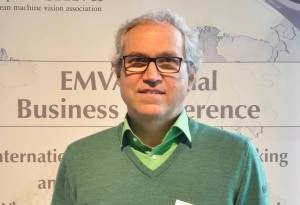

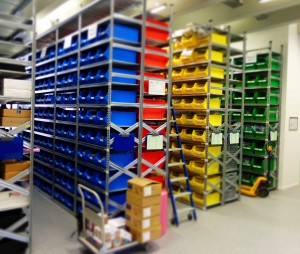

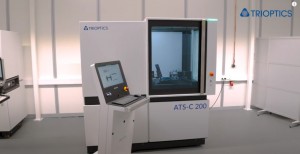
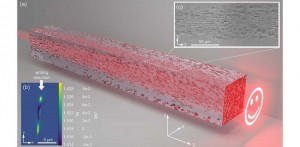
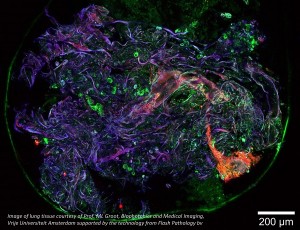

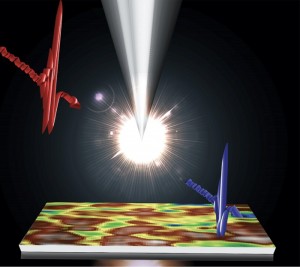

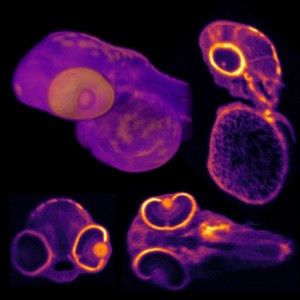
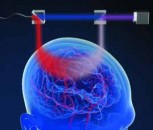

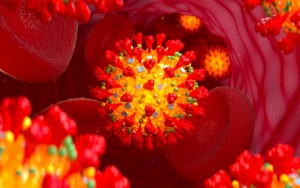
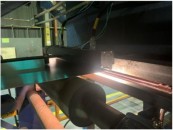





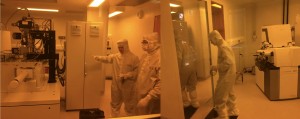



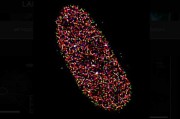
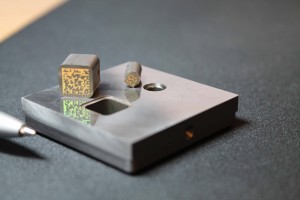

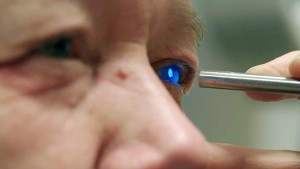

 Back to News
Back to News